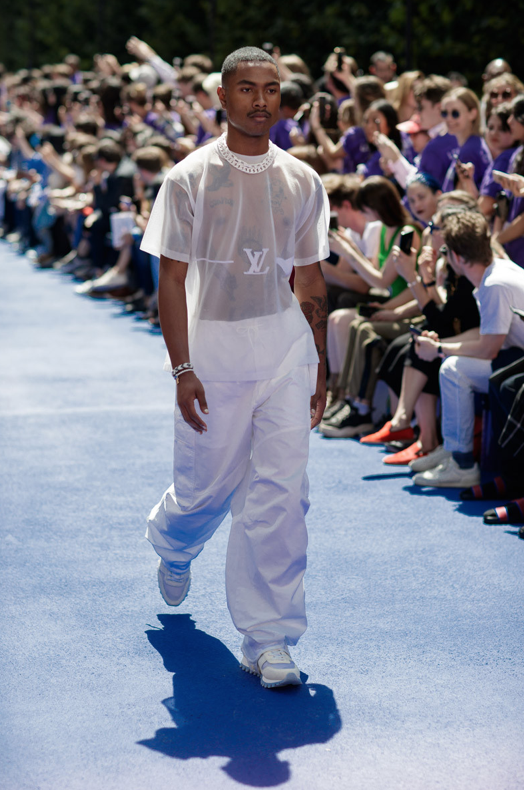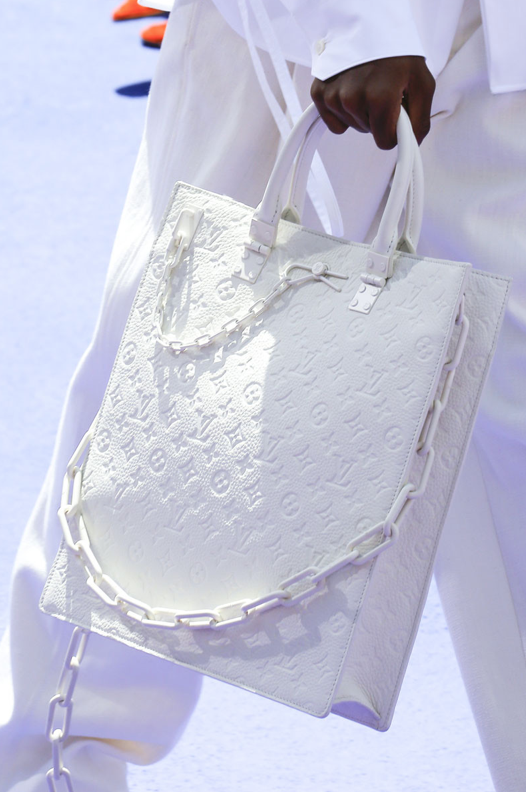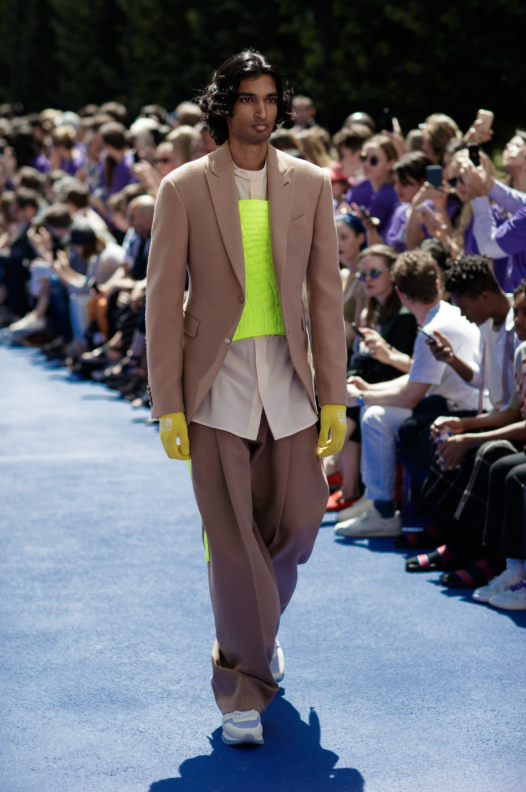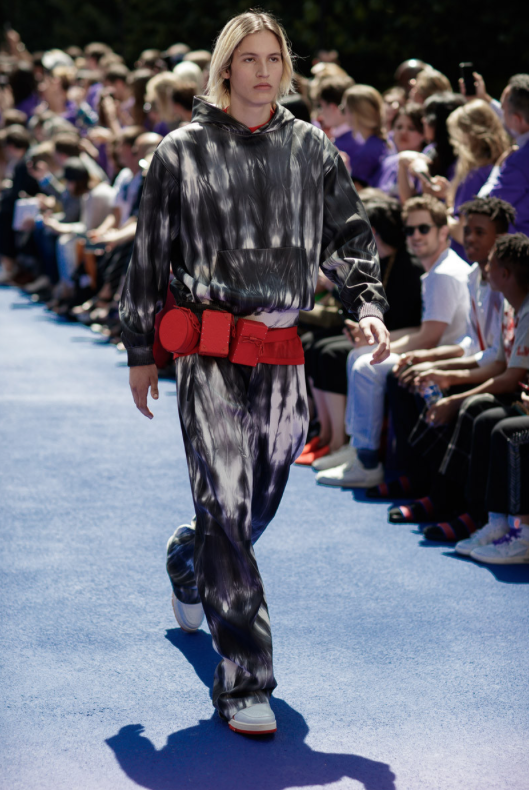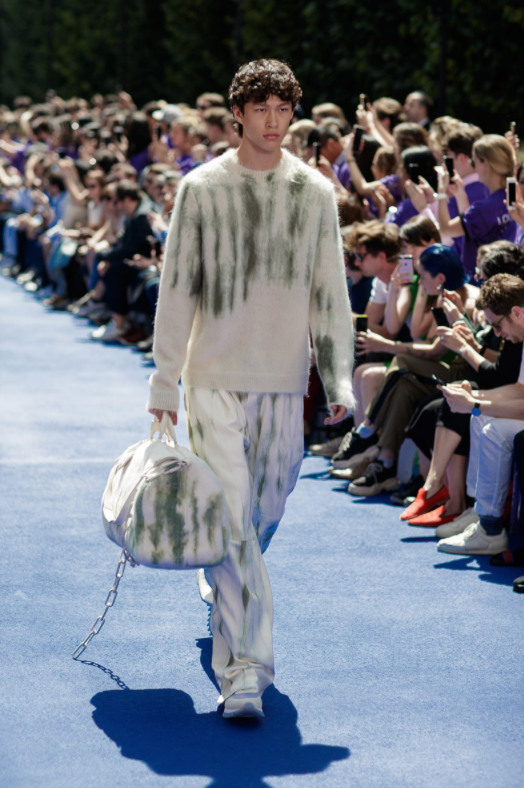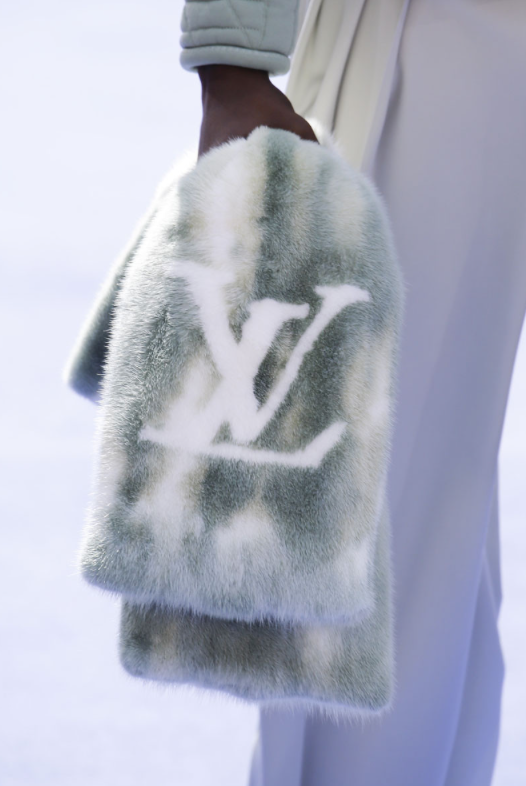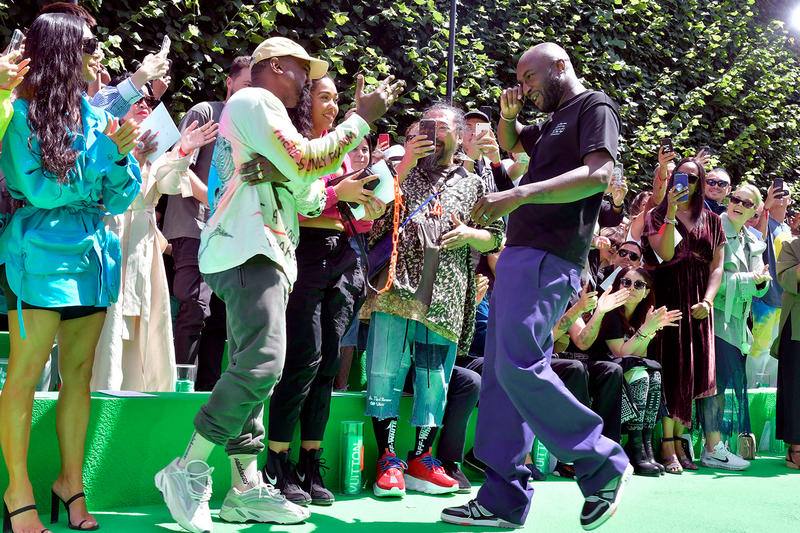
Fashion is one of the world’s most important industries, driving a significant part of the global economy. In 2018, the industry is projected to reach a staggering $3 trillion in total value, 2% of the world’s Global GDP. If it were ranked alongside individual countries GDP, the global fashion industry would represent the world’s seventh largest economy.
And yet for some observers, fashion is still regarded as simultaneously frivolous and indulgent; and many of the sources of information about the industry are fragmented, incomplete, or unreliable.
The largest fashion business in the world by turnover is the LVMH Group, and this week rapper, designer, architect, Virgil Abloh debuted his first full menswear collection in Paris as the newly minted creative director for Louis Vuitton Menswear, all to much critical acclaim.
It would now seem conclusive that streetwear has emerged from its ghetto underpinnings and has exploded onto the main stage, forever changing everything that came before.
For Virgil Abloh, the polarising creative genius whose oeuvre spans several generations of streetwear, architecture, and even a furniture collection, his arrival at Louis Vuitton is a culmination and closed circle of streetwear’s original intention: creating clothing that speaks to an audience of people who appreciate fashion and luxury, but often feel left out of the conversation.
Abloh said he wants to redefine what luxury and streetwear are, which he did literally in his show notes for his debut collection.
A guide called “The Vocabulary of Virgil Abloh” was included in an envelope for all attendees, so as to help decode the meanings and references in his creative lexicon. He defined “luxury” as “a label determined by values, codes, and qualities,” adding that “its use and definition were the privilege of few until a new generation conquered its dominion and shifted the paradigm for good.”
Further, he defined “streetwear” as “a predictable clothing genre in a renegade designer’s debut collection as part of the fashion establishment.”
Abloh titled his first collection as Louis Vuitton’s Men’s Artistic Director “We Are The World,” based around the idea of travel and interconnectivity filtered through a fashion house whose provenance comes from hardwearing monogrammed luggage. Its audience and meaning has grown more diverse, and Abloh understands that while the house’s old audience skewed towards the rich, monied, and primarily white, but that “LV” logo holds much more power in the eyes of the fashion world’s aspirants: black, yellow, and brown kids who have elevated it to an overarching status symbol, and wanting to be successful enough to buy its wares at retail price is a dream worth chasing.
This diversity is not only reflected in the casting, using 56 different models of varying ethnicities, but also with representation from key different creative tribes. Skate culture represented through Blondey McCoy, and Lucien Clarke, the art world represented by Lucien Smith, and of course from the world of hip-hop artists Kid Cudi and Playboi Carti also walked the show—the latter providing the final look, wearing a silver leather poncho emblazoned with patches referencing Louis Vuitton and The Wizard of Oz.
So where do we go from here ? Street culture has gone from aspiring to high fashion, to becoming its driving force. This Paris Fashion Week proved that casual sportswear, hip-hop, and streetwear are now the benchmark in high fashion. For a culture founded in subversion, what’s so surprising about a sub culture taking over the establishment? It’s just another French revolution.
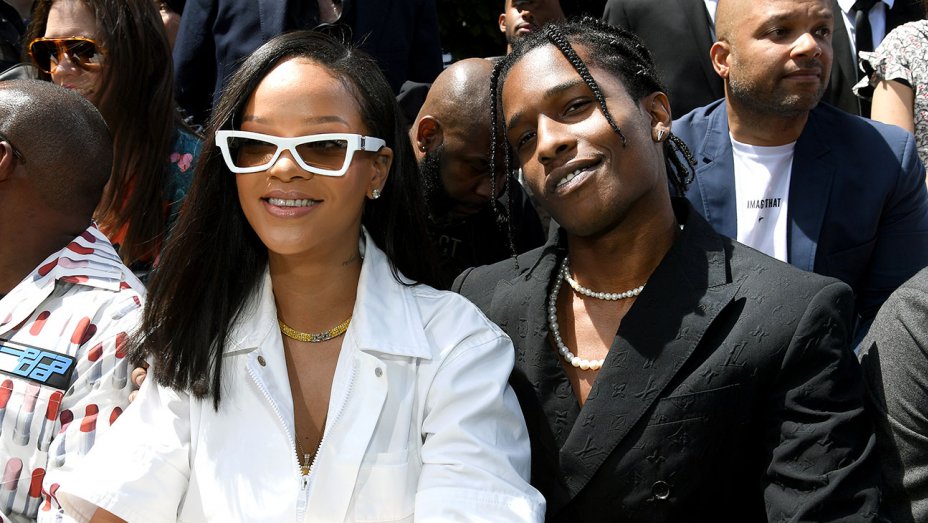
Where do you see high fashion going from here?

